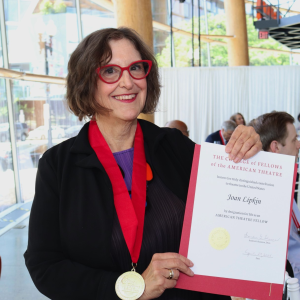Clothing can mean a great deal in Torah
Published February 13, 2008
Every morning I stand in front of my closet deciding what to wear. It was easier in middle school or Boy Scouts when I had a required uniform. Some of us are still lucky enough to have that simplicity, but for others we have to think about what we wear. We do that, because we know that the clothes we wear say something about us.
The saying “the clothing makes the man” rings true, because you can tell a lot about someone from their clothes. At the same time, the clothing we choose can affect who we are and how we relate to the world. Think about it. There are a lot of things you wouldn’t do if you’re in formal attire.
The effect of clothing on a person is especially relevant this week when we read about the ancient High Priest’s garments is Parashat Tetzaveh. To get a mental image, imagine one of the best adorned Torahs in your congregation’s ark — the fine royal blues, purples and scarlet cover, the gilded and bejeweled breastplate, and the beautiful crown. Then imagine that as a person’s clothing and you begin to get an idea of what the highest religious functionary of the Jewish people looked like when he went to work. I’m grateful things have changed, but I know there is a lot to be learned from the detailed description.
The High Priest is dressed up like royalty, and is generally treated as such. For good reasons, he thought of himself as special and important, but his clothes were designed to remind him of his place as well. On his shoulders were inscriptions of the names of the twelve tribes, and they were again symbolically represented in the twelve stones on his breastplate. Contrary to the crown on our Torahs, the High Priest wore a head scarf with a metal plate across his forehead that read: “Dedicated to God.”
What must it have been like to be treated as a king and constantly reminded that your role is to serve as the representative of the people? There are lots of leaders who could use this constant reminder, and those of us in less prominent positions could benefit from it too.
Today there are no priests, and there is no temple. Some of us treat our rabbis and cantors like the priests of old, but we’d be better off acting as our sages imply — that it is each person’s responsibility to serve as his or her own priest.
So, how do we do that? Each of us must learn from the model of the High Priest. Adorn ourselves with the trappings that reflect our importance in the world as created in the divine image, but carry regular reminders that our ultimate role is to serve each other and our God.
Ari Vernon is rabbi of Shir Hadash Reconstructionist Community and Director of Secondary Education at the Central Agency for Jewish Education.














